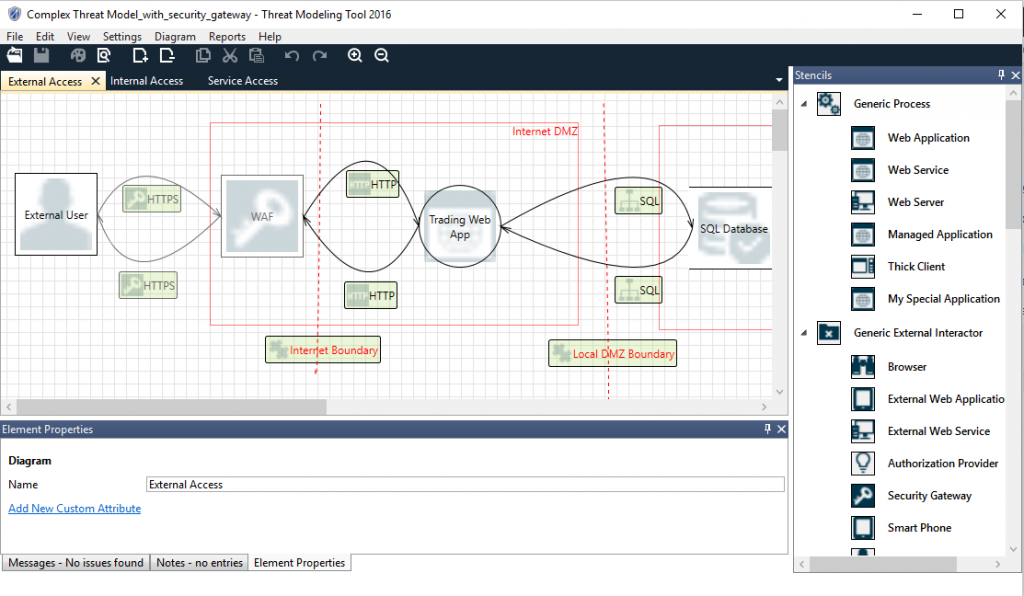

Users must ensure their use of this technology/standard is consistent with VA policies and standards, including, but not limited to, VA Handbooks 61 VA Directives 6004, 6513, and 6517 and National Institute of Standards and Technology (NIST) standards, including Federal Information Processing Standards (FIPS). Users supply their credentials via the connection wizard to create a connection and can immediately begin working with live XML Files tables of data.
Xml tools 2016 update#
Use Excel to search, aggregate, read, write, and update XML documents directly. The Extensible Markup Language (XML) Excel Add-In is a technology that allows you to connect with XML data stores directly from Microsoft Excel. More information on the proper use of the TRM can be found on the And if you have a web URL of the XML file, then you can also fetch that data into Excel.Technologies must be operated and maintained in accordance with Federal and Department security and If you have the XML file on your system, you can import the data easily using Power Query. So these are two simple ways that you can use to convert an XML file into Excel. Click on ‘sitemap’, which is the XML data that I want in ExcelĪnd again, in case the data updates in this URL, simply refresh the query to get the new data in Excel.This will open the Navigator dialog box where you can choose which XML data to import In the ‘From Web’ dialog box, copy and paste the URL that has the XML data.In the Get & Transform group, click on the ‘Get Data’ option.Open the Excel file where you want to import the data.you can connect Power Query to that URL and extract the XML data into Excel.īelow are the steps to connect power query do a web URL that contains the XML data and import that data into Excel:
Xml tools 2016 download#
In case you have a web URL that contains the XML file (such as this one – ), you don’t even need to download the file. In the above example, we first downloaded the XML file on the system and then imported the data into Excel. Import XML File into Excel using the web URL You can simply right-click on any cell in the table and refresh the query. The great thing about using Power Query to fetch the data from an XML file into Excel is that in case the XML file updates and there are new records in it, you don’t have to repeat the same process.

The above steps would insert a new worksheet in the Excel file, and load all the data from the XML file into the new worksheet. Click on the Transform Data button, if you want to transform the data before loading it into Excel (such as change the column names or remove some columns).In this case, I would click on ‘sitemap’ in the left pane Select the data from the XML file that you want to import.This will import the XML file into power query and open the Navigator dialog box In the input data dialog box that opens up, locate the XML file that you want to import and select it.In the ‘Get & Transform’ data group, click on the ‘Get Data’ option.Open the Excel file where you want to get the data from the XML file.Once you have the XML file on your system, follow the below steps to get the XML file data into Excel: You can download the file by going to this link, then right-click and save the file. Thanks to Power Query (now called ‘Get & Transform’) Import XML File that is Saved On your Systemįor the purpose of this tutorial, I’ll use an XML file that contains the sitemap for Forbes. If you already have an XML file (either downloaded on your system or a link to it on the web), you can easily convert it into data in an Excel file.
Xml tools 2016 how to#
Now let’s see how to convert an XML file to Excel using Power Query.

Here is an example of the sitemap from Forbes. This is a file that contains the details of all the important pages and categories on a website. Most popular websites on the Internet have their sitemap in an XML format. XML is quite widely accepted as a file format to store and transmit data over the web.Ī lot of popular file formats, such as Microsoft Office Open XML, LibreOffice, OpenDocument, XHTML, and SVG, also use the XML file format. If it contains a lot of text data, then you can use a text editor to read the XML file, and if it contains data, then you can import that XML file into Excel and then work with the data. An XML file can hold data in a format that can easily be read by apps and systems.īut it’s not as easy to read for humans, which is why we may have to transform it into a format that’s easier to use. XML stands for Extensible Markup Language. Import XML File into Excel using the web URL.Import XML File that is Saved On your System.


 0 kommentar(er)
0 kommentar(er)
